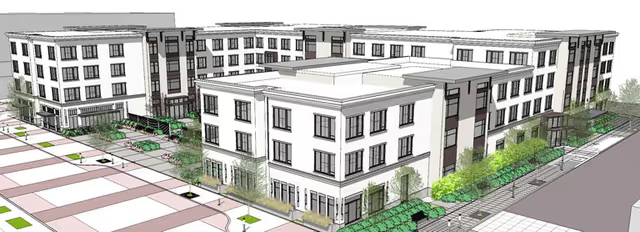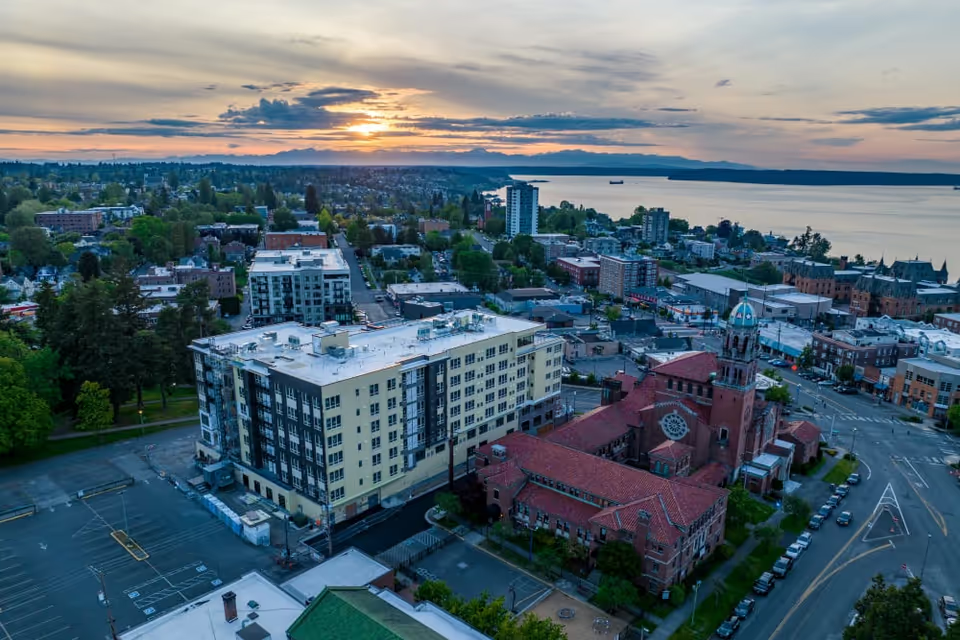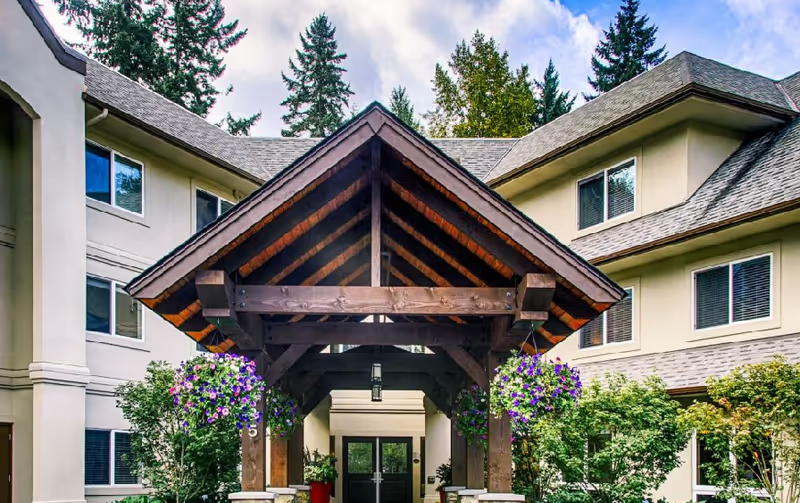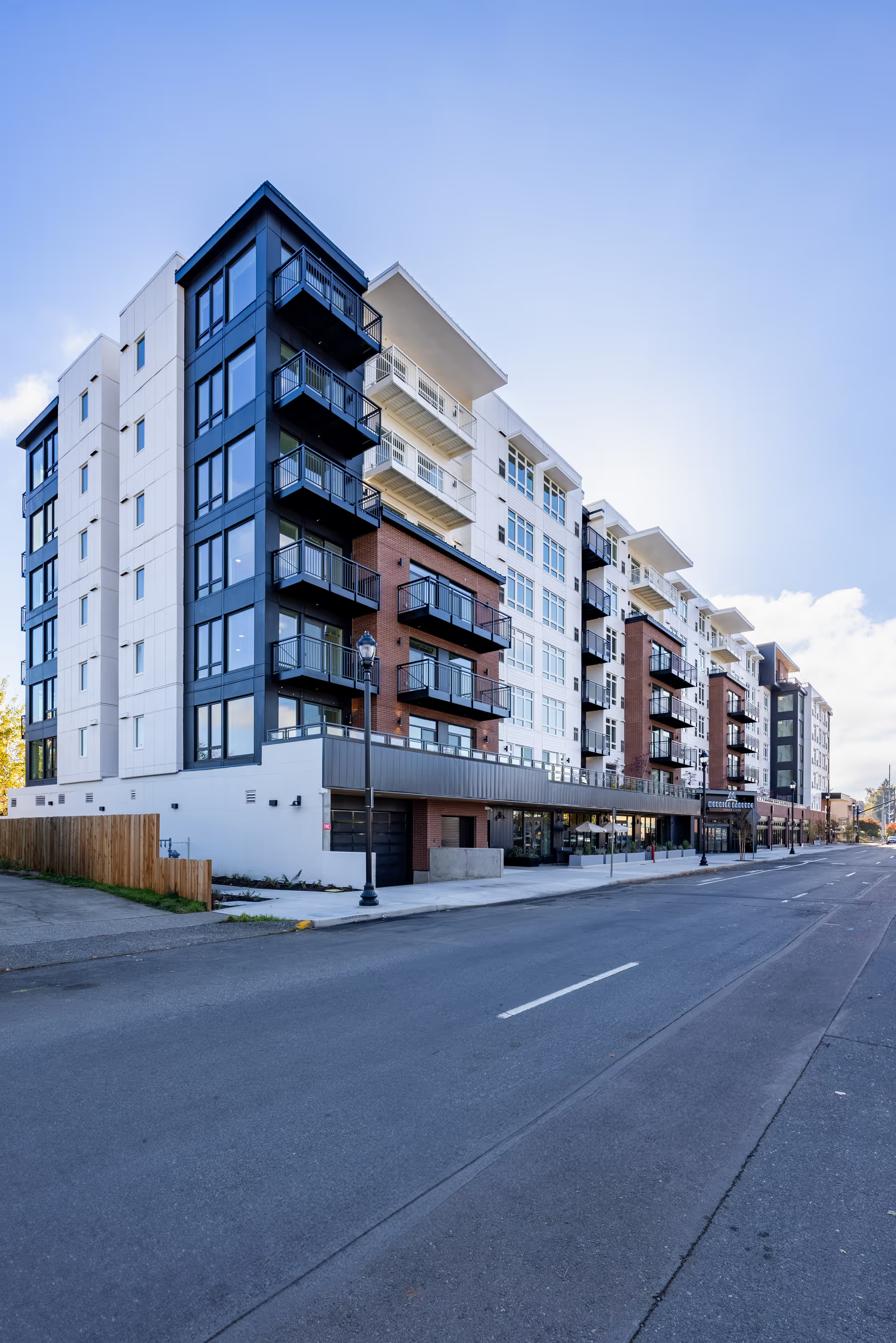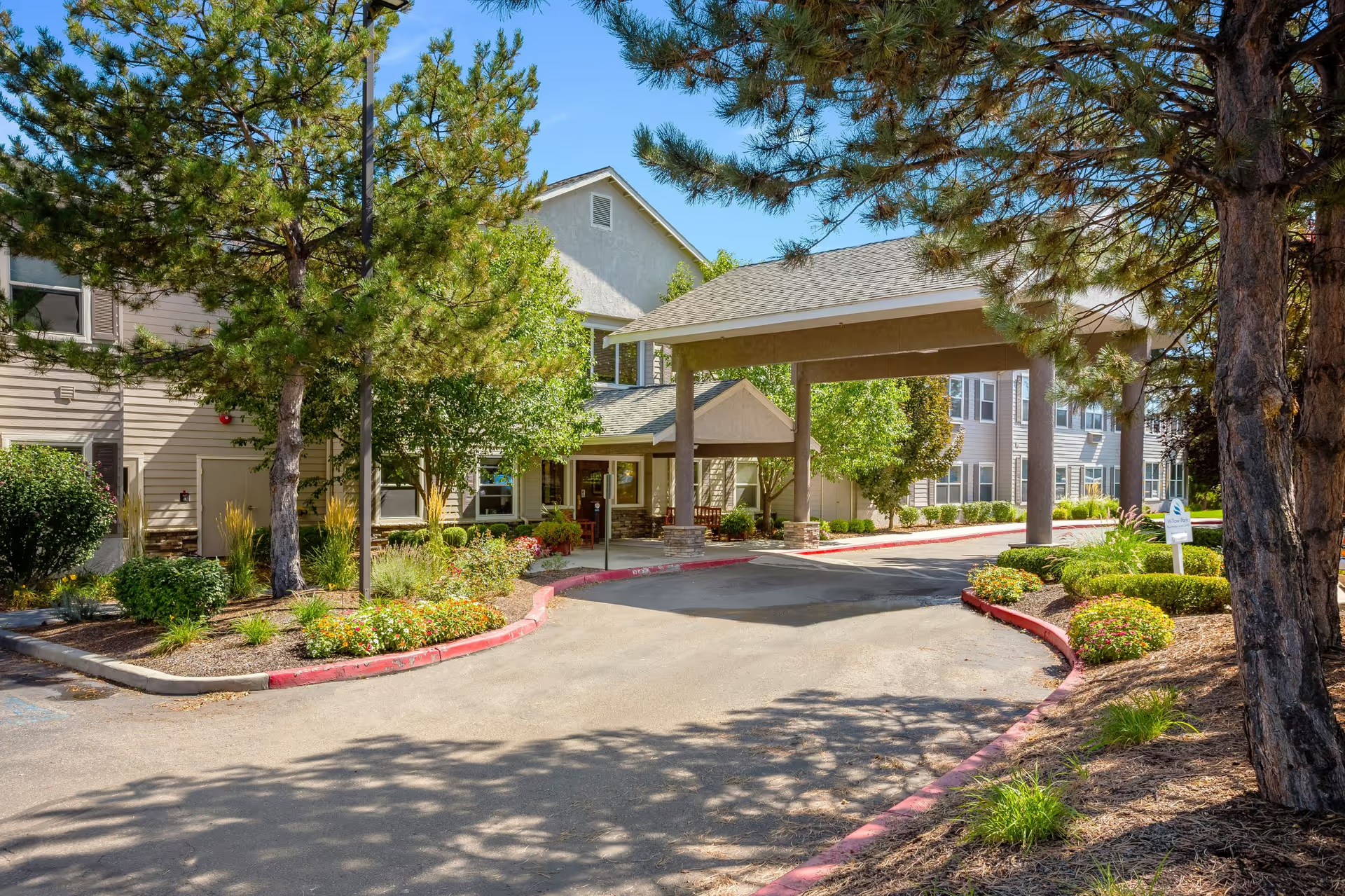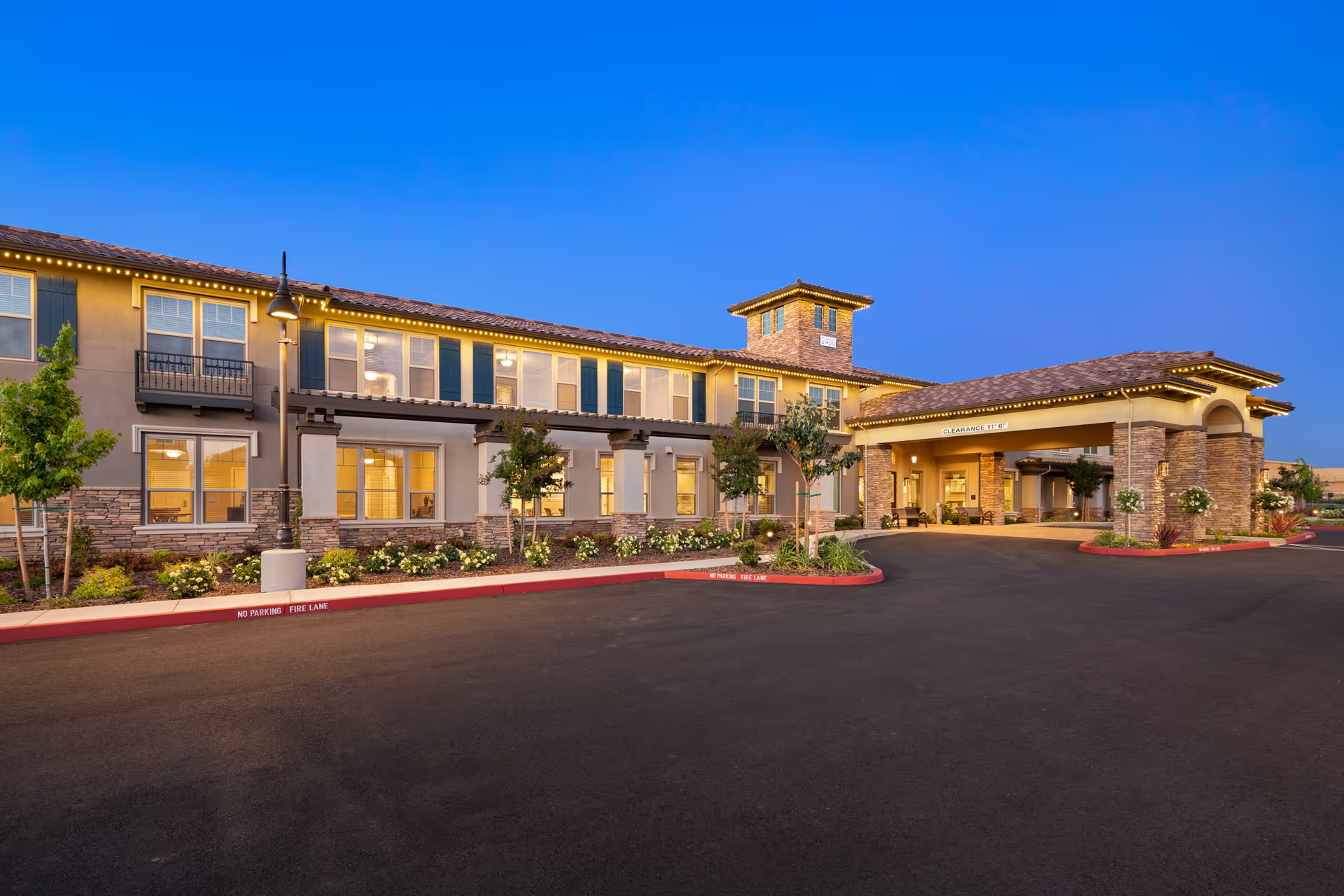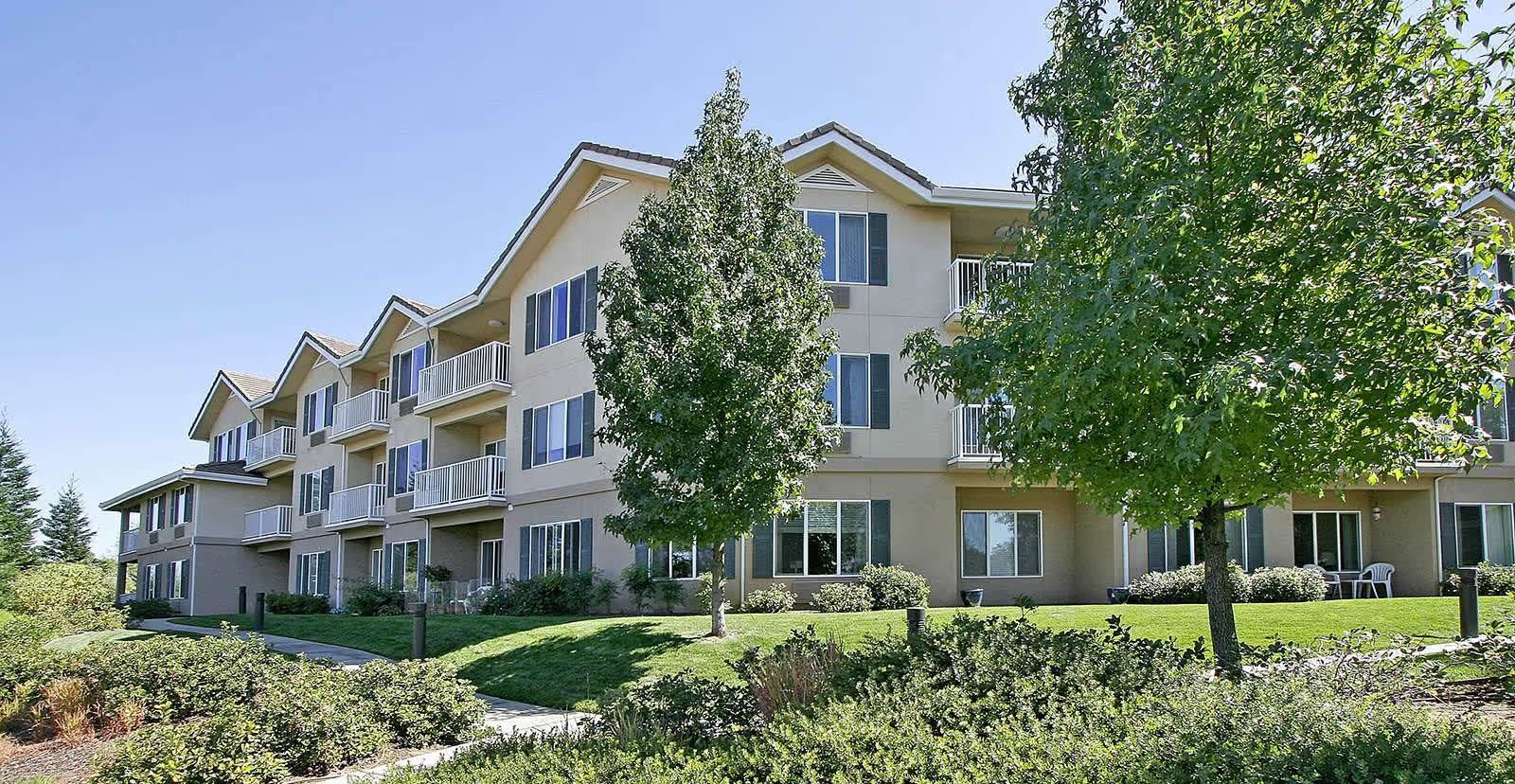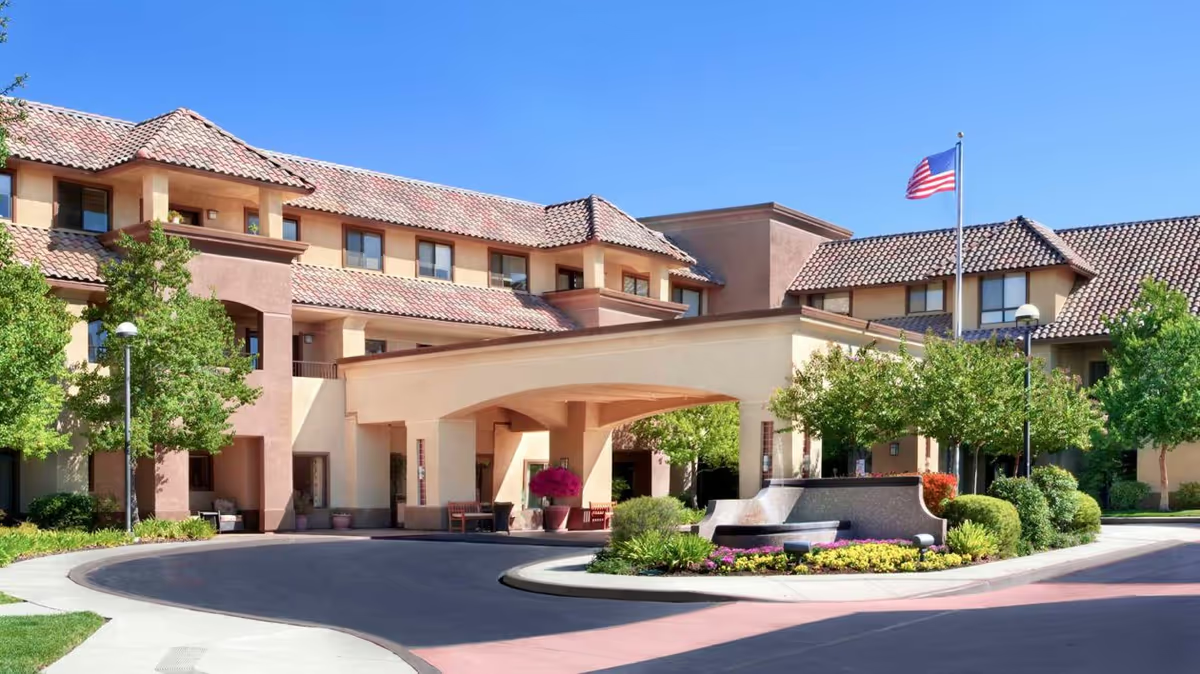Overall sentiment across the reviews is mixed but leans positive with strong praise for staff and community atmosphere counterbalanced by repeated concerns about the building’s age, medical support and operational consistency. The most consistent strengths are the warm, home-like feel and the caring nature of frontline staff. Multiple reviewers emphasize kindness, compassion and personal attention from CNAs, the executive director and front-desk personnel. Several staff members are named and complimented for being available, upbeat and helpful; this contributes to residents feeling known, greeted personally and socially engaged. Family members frequently cite peace of mind, good communication from certain leaders, and strong relationships between staff and residents as major positives.
Facilities and physical plant receive mixed marks. Reviewers repeatedly note that the property is older but generally clean and well kept, with attractive, well-tended gardens and a pleasant sylvan setting. In-apartment washers and dryers and smaller, intimate building size are commonly appreciated features. However, there are numerous, specific maintenance and renovation concerns: chipped countertops, mixed updates (some apartments updated with new flooring while others show wear), cable TV box issues, and reports of ant infestation. Some units were shown during tours while under renovation or empty, which left a negative impression on a few visitors. A notable operational comfort issue is lack of air conditioning in parts of the building, making the facility warm at times.
Dining and activities are important strengths but also areas of dissatisfaction for some. The community offers three meals a day, a formal dining room and an active activities program that includes card games, entertainers, bus trips and social events—many residents report settling in, socializing and enjoying outings. Meal quality is polarizing: roughly 70% of reviewers enjoyed meals, with salmon and pasta called out as favorites, and several people praised invitations to dine as part of tours. At the same time, multiple reviews call for more consistent, healthier options (requests for brown rice/pilaf and avoidance of fried/breaded foods) and several reviewers found the food inconsistent or unacceptable. This suggests that dining quality may vary over time or by staff/shift.
Care quality, medical oversight and staffing are the most significant and recurring concerns. While many reviews applaud the compassionate caregiving staff, others describe inadequate assisted-living care, insufficient 24/7 staffing, and problems with medical management. Serious examples mentioned include a resident being discharged from assisted living over diabetes-management conflicts, families being told medical exams would not be scheduled before move-in, and one described delayed lifeline/emergency response (45 minutes). Some reviewers say nursing coverage or promised nurse involvement was less available than advertised, and at least a couple of reviewers labelled medical staff as incompetent. Communication lapses and slow or absent callbacks exacerbate these worries. These patterns point to variability in clinical oversight and operational execution—strengths exist in the caring culture, but the systems and staffing to reliably deliver clinical care appear uneven.
Management, policies and transparency show both positives and negatives. Several reviewers praise leadership for being available and helpful, with specific praise for named directors and managers who fostered strong relationships and trust. Conversely, some families experienced what they perceived as a focus on securing fees, extra charges (for services such as mail delivery), and evasive explanations around medical or move-in requirements. Tour experiences also vary: some visitors found guides friendly and informative, while others found tours scripted or staged and the facility atmosphere uncomfortable. These mixed impressions suggest that management practices and marketing may be uneven across staff and shifts.
In summary, Village Green West Seattle appears to offer a warm, community-oriented living environment with many devoted caregiving staff, pleasant grounds, apartment conveniences (washer/dryer), a full dining program and active social life—attributes that several families strongly endorse. However, prospective residents and families should be attentive to potential drawbacks: the building is older and in places needs maintenance and upgrades; dining quality can be inconsistent; and, most critically, medical oversight, staffing levels and emergency response capability have yielded notable concerns for some families. To make an informed decision, visitors should ask specific, documented questions about staffing ratios (including overnight coverage), nurse availability, written emergency response metrics, pest management history, typical dining menus and recent renovation timelines, as well as any extra fees. Touring at mealtime, meeting direct-care nursing staff, and speaking with current residents and families about recent experiences (especially around medical care and communications) will help clarify whether the community’s strong interpersonal culture aligns with reliable clinical and operational performance for a given prospective resident’s needs.
